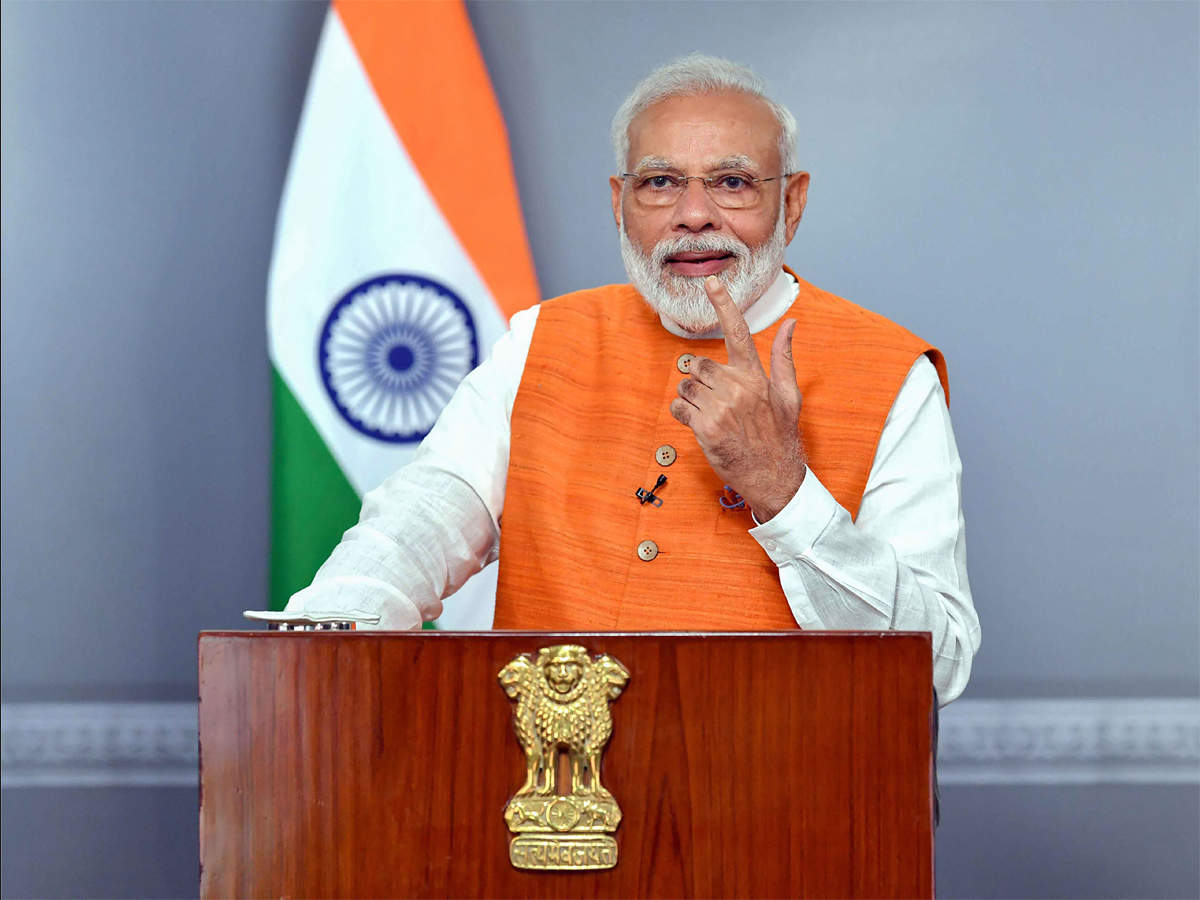Three weeks back, a top politician received a call from an industrialist, who wanted to know whether a political storm was brewing in the country. Taken aback by the query, which came amidst a spiralling spike in Covid-19 cases, the leader put forth some counter-questions, after which he was convinced that either Rajasthan or Maharashtra was going to witness a battle royale, amongst those who were in power and those who wanted to upstage them.
The industrialist had mentioned that demands for arranging large sums of money had started pouring in, and therefore, the festive season for MLAs might prematurely commence in a couple of states. The recent attempt in Rajasthan to dislodge the Congress regime, perhaps, is an illustration of how money, and not ideology, has become the principle ingredient of power-play.
In fact, the thesis of the Congress and the BJP being ideologically poles apart no longer holds any water. Needless to say, money-muscle is supreme, and over the past few years, many Congress activists have been enticed to the other side, thereby binning the beliefs, which at one stage, they held very closely to their heart. The BJP, too, is at ease over giving entry to their “Congress foes”, as long as it facilitates them in consolidating the party position. After all, everything is fair in war and politics.
In the 1990s, there was a phase when L.K. Advani, the architect of the saffron brigade’s rise, used to consistently lament that the BJP was not a party of political untouchables, and thus, should not be shunned by parties professing a different doctrine. His grouse persisted, despite the fact that Prime Minister Rajiv Gandhi had, during his five-year tenure, maintained very close and cordial relations with Bhaurao Deoras, a key figure in the Sangh Parivar. In 1989, the BJP increased its tally from merely two members it had in 1984 to a respectable figure, solely because there was a seat-adjustment between the Opposition groups led by Vishwanath Pratap Singh on one side and Jyoti Basu of the CPI(M) on the other end.
It is a matter of record that the V.P. Singh government remained in power primarily on the crutches provided by the Left parties and the BJP—two ideological groups at variance with one another. Power and the common objective of dislodging the Congress, in the wake of the Bofors scandal, had become their converging point. Admittedly, it was not for the first time that the Left and the Right had joined hands to fight against the Centre. In 1977, the CPI(M) had an electoral understanding with the parties opposed to Indira Gandhi and the Emergency. Earlier in 1967, there was also an undeclared pact of sorts.
The fact of the matter is that the talk of tenets is merely to hoodwink the party cadres and the people. The Socialists, led by Ram Manohar Lohia, were the main rivals of the Congress, but for their ideologues, communalism was a greater threat than anti-Congressism. However, Lohia’s favourite disciple, George Fernandes, never hesitated even once to conduct business with the BJP when the situation arose. Presently in Bihar, Nitish Kumar likewise continues to do so.
The Congress is also to be blamed for this dilution of ideological politics. Under Sonia Gandhi’s leadership, it deviated from its secular path, contributing in creating the perception that the Grand Old Party had gravitated towards the minorities; a fact borne out by the findings of its own senior leader, A.K. Antony.
In the 2014 Parliamentary polls, this shift from its centrist path and the perceived affinity for the minorities assisted Narendra Modi to come to power. Modi did not require any ideological fig leaf since his image was cast in stone, with his followers recognising him as an exceptional Hindu leader, who would undo the wrongs done to the majority community.
However, the Prime Minister has relied more on his politics than ideology in taking the BJP to the pinnacle. In the process, he has surpassed his mentors—Advani and Murli Manohar Joshi—and today, without any doubt, is regarded as the tallest leader of India.
Modi, along with his trusted lieutenant, Amit Shah, has one single objective, that being the decimation of the Congress, in pursuance of his “Congress Mukt Bharat” mantra. He is absolutely focused on achieving his goal and is fully aware that leaders nurtured in the RSS tradition may find it difficult to overcome the suave and politically hardened elements who have spent years in the Congress. Thus, his Operation Vibheeshan strategy is aimed at utilising the craft and astuteness of former Congressmen to outwit their colleagues.
In 2014, a large number of activists with Congress background were furnished BJP tickets. In Assam, Modi selected Himanta Biswa Sarma to assist the BJP to open the Northeast gateway. In Haryana, he harnessed Chaudhury Birendra Singh and Rao Inderjit to humble the Congress. Similarly, Vijay Bahuguna, Harak Singh Rawat and Yashpal Arya, amongst others, provided the saffron brigade a firmer foothold in Uttarakhand. In Uttar Pradesh, Jagdambika Pal joined the BJP bandwagon. The same tale was repeated in other regions.
The short point is that belief-driven politics has given way to pragmatic tactics in the pursuit of power. Given this context, money is the foremost component that helps in blurring ideological distances. Besides, Modi’s own towering persona serves well as the stated reason for his opponents to shift to his side. Between us.

